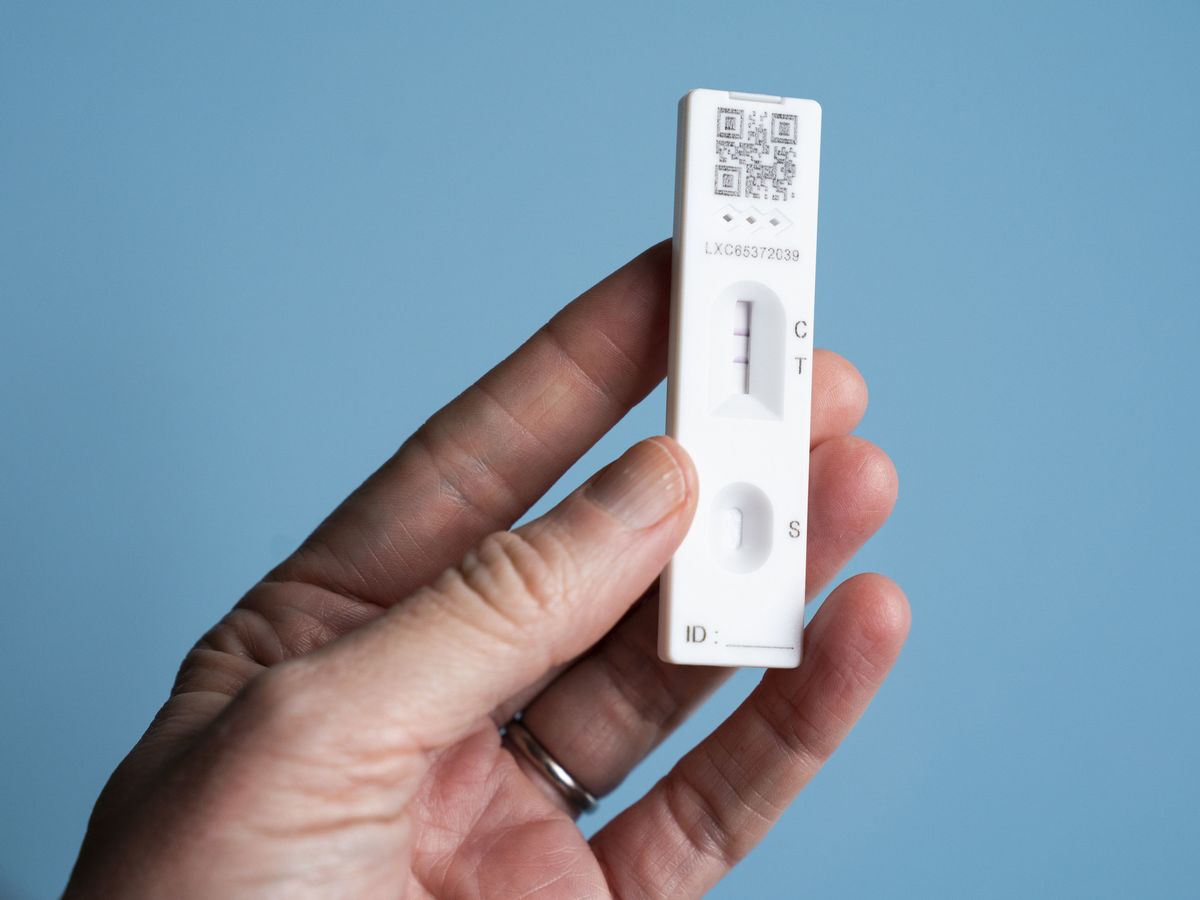By Newsday
Copyright newsday

KEEON TAYLOR
When you think about exercise, the first thing that comes to mind is usually the body. You think about being health and having a more defined body and flatter stomach. The real transformation of movement happens in the brain. Every time the heart rate goes up, the body releases endorphins, natural chemicals that lift mood, reduce stress, and create a sense of calm.
It is not just a feel good buzz. According to a study from Harvard Medical School in 2007, aerobic exercise can actually improve brain function and reduce symptoms of depression. For someone battling addiction, that small lift in mood can be the difference between craving a destructive habit and choosing a healthier path. The brain learns that relief and reward can come from sweat instead of substances.
It might sound simple, almost too simple, but that is the counterintuitive part. The very thing that seems hard to do when energy is low, moving the body, is what helps the brain feel lighter, clearer and stronger.
Exercise as a natural stress reliever
Stress is often the spark that fuels relapse or deepens anxiety. Left unchecked, it builds like pressure in a bottle until it explodes. Exercise works as a natural release valve. When the body moves, tension leaves through every breath, every stretch, every step.
One moderate workout can lower levels of stress and anxiety almost immediately, with effects that last for hours. Imagine the difference this makes for someone carrying the weight of recovery. Instead of bottling up frustration or turning to old habits, they have a simple tool to manage it in real time.
Even something as small as a brisk 20-minute walk can take the edge off. The rhythm of footsteps, the sound of wind in the trees, or the rush of blood pumping through the body creates a calming shift. Stress does not vanish, but it loses its grip.
Rebuilding routine and structure
One of the hardest parts of recovery is dealing with the emptiness that comes when old habits are stripped away. Without a clear routine, days can feel long and unsteady. This is where physical fitness offers more than strength, it offers structure.
Creating a daily exercise routine helps regulate sleep patterns and improves overall discipline. A person who wakes up at the same time each day, laces up their shoes, and commits to moving, even for 15 minutes, is teaching themselves consistency. And consistency is one of the strongest shields against relapse.
Think of it like building a scaffold. At first it is just a single pole, maybe a short walk or a stretch session. But over time, more poles are added. Soon, there is a solid structure
that supports the weight of everyday life. That simple act of showing up for exercise becomes a steady anchor when everything else feels uncertain.
A healthy outlet for emotions
Addiction often comes with heavy emotions, guilt, anger, sadness, or shame. These feelings can overwhelm and trigger the cycle of using again. Exercise provides a safe and healthy outlet for them.
Picture hitting a punching bag after a hard day. Or sprinting down a track when anger is bubbling up. The body channels that emotion, burns it off, and transforms it into strength. According to a 2012 study published in the Journal of Psychiatric Research, exercise significantly reduced symptoms of anxiety and depression in people recovering from substance abuse. The emotions did not disappear, but they lost their power to control.
This is not about pretending pain does not exist. It is about giving that pain somewhere to go. Instead of being trapped inside, it flows out through movement, leaving space for clarity and calm.
Building connection and community
Addiction often isolates. Recovery requires connection. Physical fitness is one of the simplest ways to rebuild community. Whether it is joining a walking group, attending a yoga class or training with a workout partner, movement creates bonds.
Exercising with someone else, whether a friend, family member, or group, adds both encouragement and accountability. According to research from Oxford University in 2010, people who exercised together reported higher levels of endorphins and stronger feelings of social bonding than those who worked out alone. This sense of belonging can be powerful for someone who has felt disconnected for so long.
Community builds resilience. When a person knows others are showing up for them, it is easier to show up for themselves.
The power of small wins
Recovery can feel like a mountain with no summit. The road is long and progress is slow. Exercise offers small wins that create momentum. Lifting a heavier weight than last week. Walking farther without getting winded. Noticing the body move with a little more ease.
Those victories, no matter how small, start to stack up. And when self-belief grows, the grip of addiction loosens.
It might not seem like much in the beginning. A ten-minute walk. A few stretches on the living room floor. But over time, these moments add up, reshaping not just the body but also the mind.
Rising stronger
Maybe you are still wondering if this could work. Maybe the thought of using exercise as a tool for healing feels strange or even impossible. That doubt makes sense. After all, when life has already demanded so much, the idea of adding one more thing can feel heavy.
But here is the truth. Every study, every story, every step points to the same reality. Movement heals. It steadies emotions. It cuts into cravings. It builds community. It gives you proof, day after day, that change is possible.
You do not have to climb the entire mountain today. All it takes is one small step. A walk. A stretch. A few deep breaths while the body moves. That single choice creates a ripple, and ripples grow into waves.
So let this be your moment to rise. Not by force. Not by perfection. But by choosing movement as medicine. Because the second you decide to move, you are not just exercising. You are reclaiming your life. And that is worth standing tall for.
Next week: The complete recovery toolkit: ombining exercise, nutrition, and mindfulness
Keeon Taylor is a certified personal trainer and certified coach in the art and science of coaching. He has over fourteen years experience and has helped fitness groups and personal clients achieve goals using the transformational tools of a changed mindset, good nutrition and effective exercise. His website is supremeholisticfitness.com and email keeon@supremeholisticfitness.com



